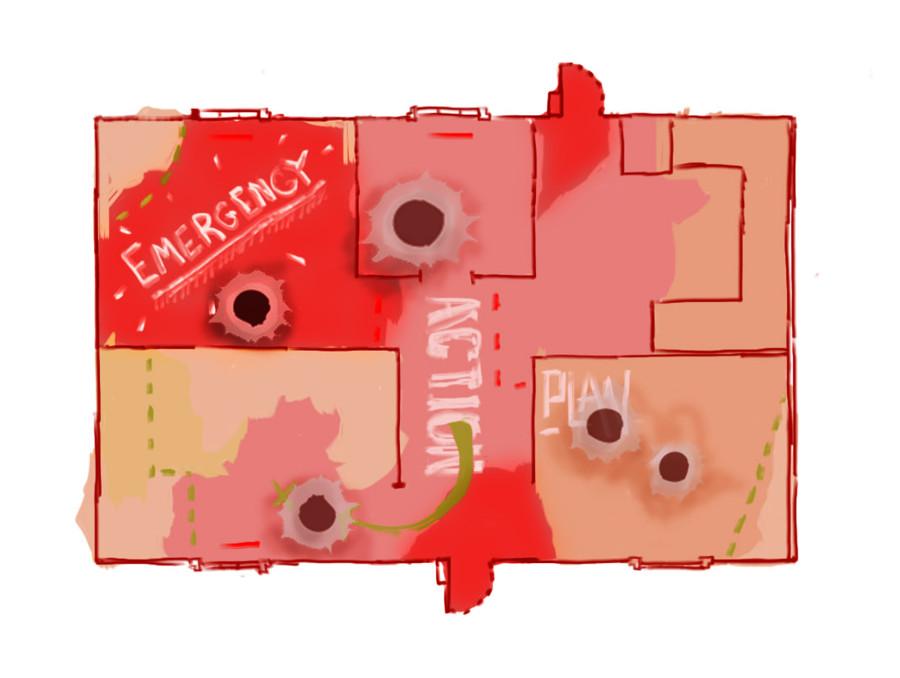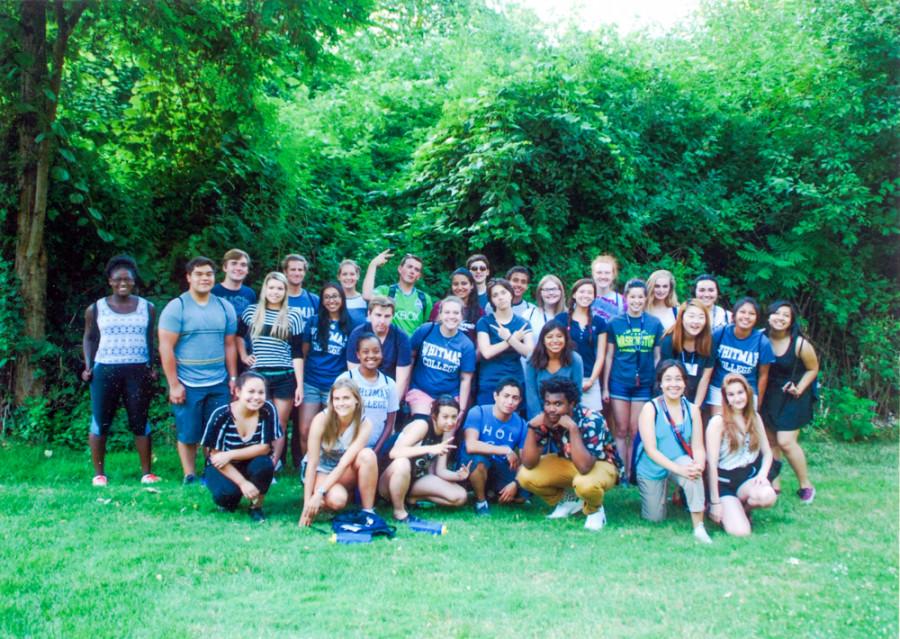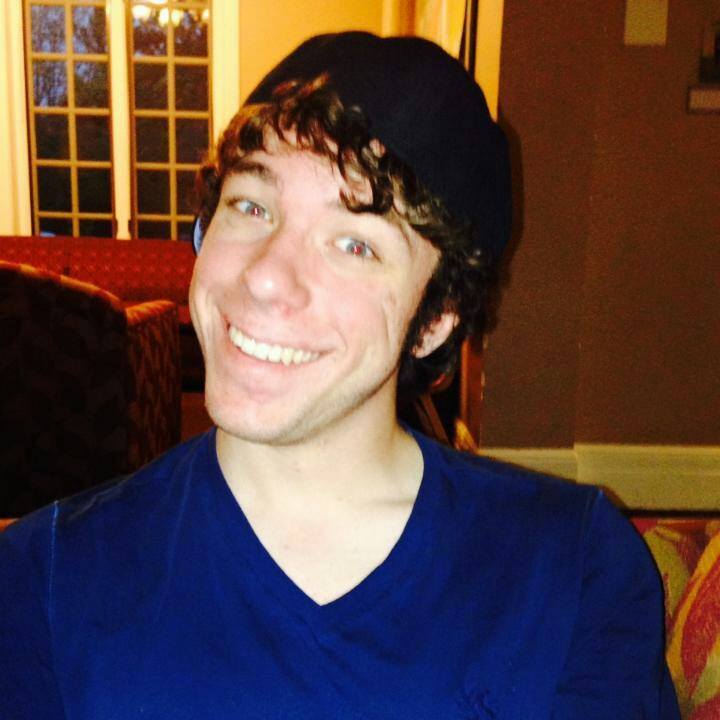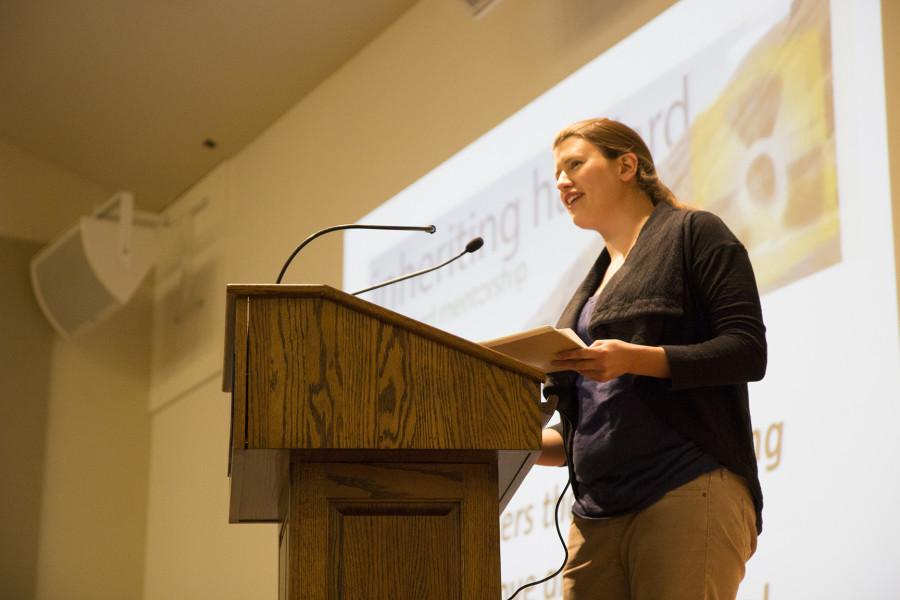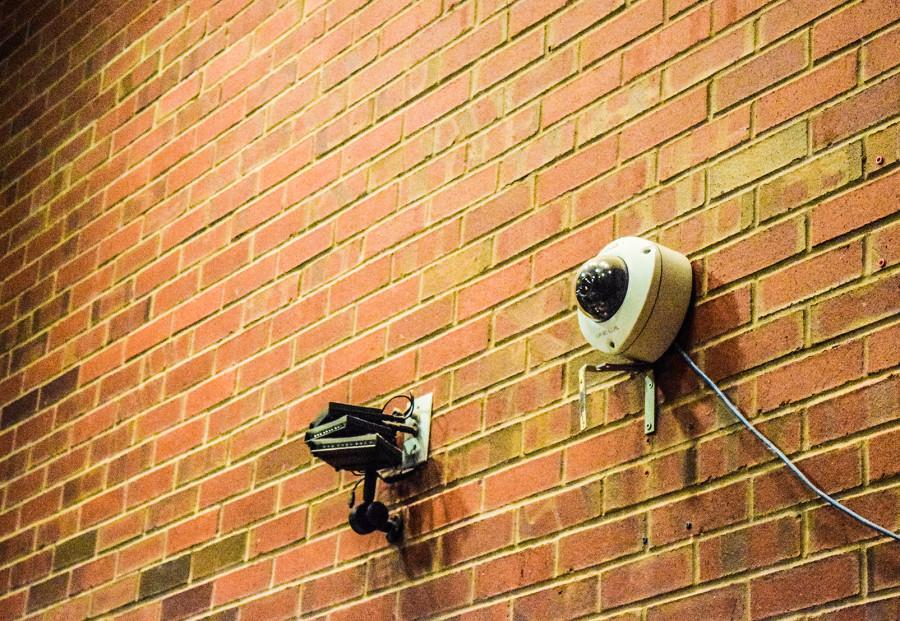
Last semester several students formed a group interested in reinstating the Free Expression Wall, a space where students could display their thoughts and opinions. The wall was made up of a piece of plywood that hung outside the main entrance of Olin Hall. It was removed in April of 2007.
The group, known as “Move Whitman,” consists of seniors Katie Radosevic and William Newman-Wise and juniors Maggie Appleton, Ben Lerchin, Hannah Siano and Ryann Savino.
Last fall, “Move Whitman” submitted a proposal to two committees that deal with campus aesthetics: the Arts Advisory Committee and the Tree and Landscaping Committee. The administration asked them to make some changes and has yet to hear back from the students.
Appleton explained that the administration wants some way of censoring the wall. It suggested the ASWC Student Affairs Committee evaluate anything offensive written on the wall; however, some members of “Move Whitman” feel that censorship of any kind would compromise the integrity of the project.
“We’d rather have no expression wall than a censored expression wall,” said Lerchin.
Appleton commented on how this belief affects the progress of the project.
“That puts us at a stalemate with the administration where it’s not clear how we go forward from here,” she said.
Nevertheless, Appleton said that the group plans on meeting again soon to discuss options.
President Bridges expressed the College’s full support of reinstating the wall if it’s what students want.
“Clearly some students seek it,” he said.
However, “Move Whitman” still needs to address the questions raised by the Arts Advisory Committee last fall if it wants to move forward.
Dean of Students Chuck Cleveland commented on the nature of the dialogue between the students and the administration.
“In my mind, the ball is in the students’ court,” he said.
Cleveland also mentioned that the wall was originally instated as a temporary space in response to a specific event that occurred on campus, which he declined to explain further.
“Students originally put it up because they were concerned about specific issues on campus at the time. It was never meant to be a permanent wall and was to be taken down after fall semester. Since then the concept has evolved to a general freedom of expression board,” he said.
Cleveland added that even when the wall was up, it wasn’t always used for the purposes of expression that inspired its creation.
“It was primarily used for advertisements [during the second semester it was up],” he said.
According to a Pioneer article written in 2007, the wall was taken down because a group of students requested its removal.
The students interested in reinstating the wall now are primarily concerned with creating a space that could stir up the Whitman community.
Radosevic, who was one of the original leaders of the project, commented via email on her visions for the wall.
“One of my main goals was to inspire conversation on campus. I have had professors who refer to Whitman as a very homogenous community, and I don’t think that it is true to such a great extent,” she said. “When you have the opportunity to share what you’re thinking visually, I think a new level of communication can sometimes occur, and we can broach topics which are otherwise left unaddressed.”
Lerchin explained the way he envisions self-censorship of the wall within the community as part of the conversation.
“If someone draws a penis on the wall, we should be mature enough to draw over it or say it’s not acceptable,” he said.
“Move Whitman” is thinking of using the space between Maxey Hall and the tennis courts for the new wall, which seems like a more permanent and aesthetically pleasing location than its original placement hanging outside the main entrance to Olin.
Despite the apparent lack of progress at the moment, group members still believe strongly in the project and are planning on reconvening sometime this semester.
“We’re all totally still enthusiastic about the idea,” said Lerchin.





